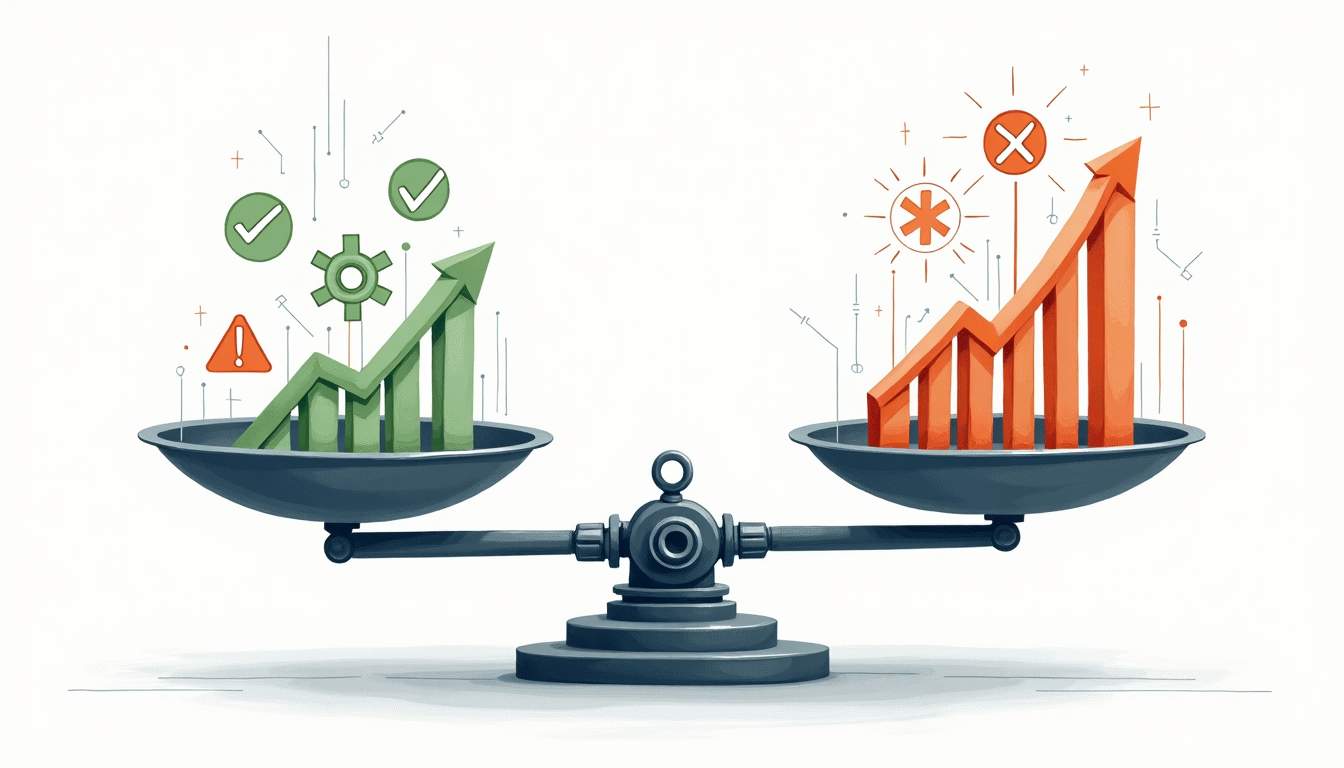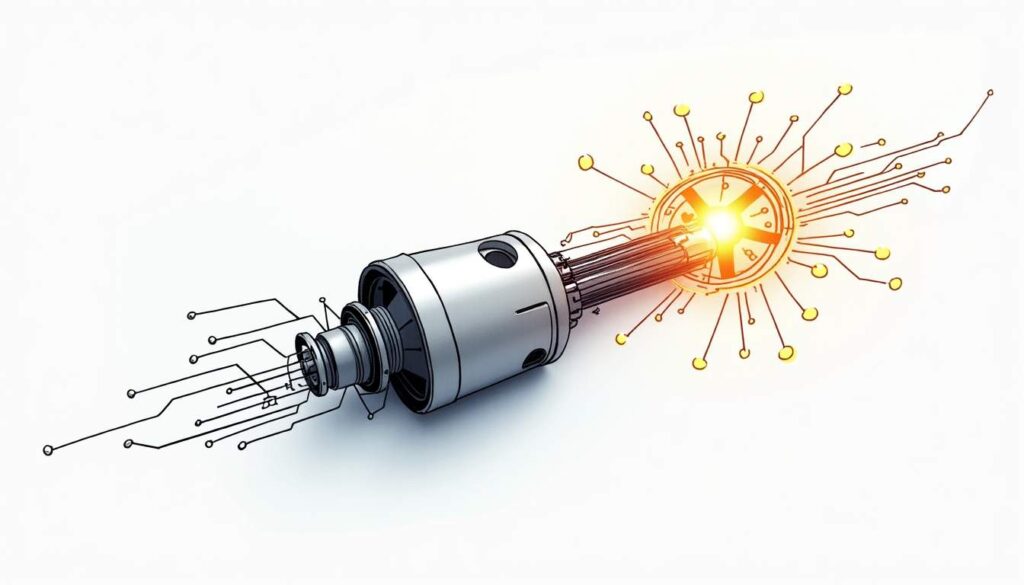Table of Contents
Deciding between manual and automated bidding strategies in Google Ads is no longer a straightforward choice. With advancements in AI, evolving platform features, and diverse business objectives, the optimal strategy often combines the precision of manual control with the efficiency of automation. This article explores the distinctions, practical applications, and a strategic guide for selecting the right approach for Google Ads campaigns in 2025.
Understanding Manual and Automated Bidding in Google Ads
Manual bidding in Google Ads involves advertisers setting bids at the keyword or ad group level, allowing for granular control over budget allocation. This method is ideal for advertisers who have a deep understanding of their target segments and wish to direct spending towards high-performing keywords. However, it demands continuous monitoring and adjustments due to the dynamic nature of the market.
Automated bidding, on the other hand, leverages machine learning algorithms to adjust bids in real-time based on various signals such as device, location, and historical conversion data. This approach is particularly effective in campaigns with large datasets and goals focused on maximizing conversions or return on ad spend (ROAS).
The Relevance of the Debate in 2025
As Google Ads continues to enhance its automated features, such as Smart Bidding, the capabilities of automated bidding have grown significantly. However, advertisers still require predictability and control, especially in campaigns with limited budgets or niche markets.

Recent changes, such as the removal of enhanced CPC (eCPC) for Search and Display, have prompted advertisers to reassess their strategies. Tools like AI Max and expanded Smart Bidding features are enhancing automation by broadening keyword reach and optimizing for flexible ROAS targets.
Strengths of Automated Bidding in Google Ads
Automated bidding excels in scenarios where scale and data complexity are high. Google Ads’ machine learning engines can process vast amounts of data and adjust bids instantaneously, offering efficiency and consistency that manual bidding cannot match.
The primary benefits include time savings, reduced emotional decision-making, and the ability to adapt to market changes swiftly. For large accounts or campaigns with extensive keyword lists, automated bidding often delivers superior results.
Ideal Scenarios for Automated Bidding
Automated bidding is best suited for growth campaigns with solid conversion volumes, ecommerce accounts with rich historical data, and campaigns spanning multiple geographies and devices. When the goal is to maximize conversions or achieve a target ROAS, automated systems like Smart Bidding typically outperform manual strategies.
Limitations of Automated Bidding
Despite its advantages, automated bidding relies heavily on data. Low-conversion or new campaigns may not provide sufficient data for models to learn effectively. Additionally, the “black box” nature of some automated systems can make it challenging to understand bid decisions.
The Continued Importance of Manual Bidding
Manual bidding remains crucial for advertisers who need precise control over their campaigns. It is particularly effective in niche markets, high-margin lead acquisition, or when strict budget caps are necessary.
Manual bidding allows advertisers to leverage their market knowledge and intuition, reacting swiftly to market disruptions or competitor moves. It also fosters a deeper understanding of bid dynamics and campaign performance.
Best Use Cases for Manual Bidding
Manual bidding is ideal for small campaigns, niche products with low conversion volumes, and early-stage experiments. It is also beneficial in markets with frequent regulatory changes or sudden shifts in consumer behavior.
Challenges of Manual Bidding
While offering control, manual bidding can be time-consuming and prone to human error, especially in large-scale campaigns. It requires significant expertise and ongoing attention, which can divert resources from other strategic activities.
The Hybrid Approach: Combining Strengths
A hybrid strategy, combining manual and automated bidding, is often the most effective approach. Start with manual bidding to gather high-quality data, then transition to automated bidding while maintaining manual oversight.

Begin with manual bids to prioritize keywords and measure conversion rates. Once a meaningful sample of conversions is achieved, migrate to automated bidding, keeping high-value keywords under manual control if necessary.
Conclusion: Finding the Right Balance
The choice between manual and automated bidding in Google Ads depends on the specific context. Automated bidding offers scale and efficiency when data is abundant, while manual bidding provides control and transparency for niche campaigns. A hybrid approach, starting manually and integrating automation, often yields the best results.
By maintaining accurate measurement, staying informed about platform changes, and conducting controlled experiments, advertisers can ensure their bidding strategy aligns with their business goals in 2025.




